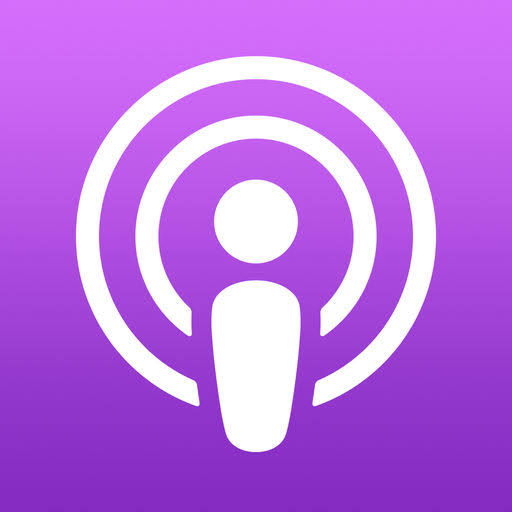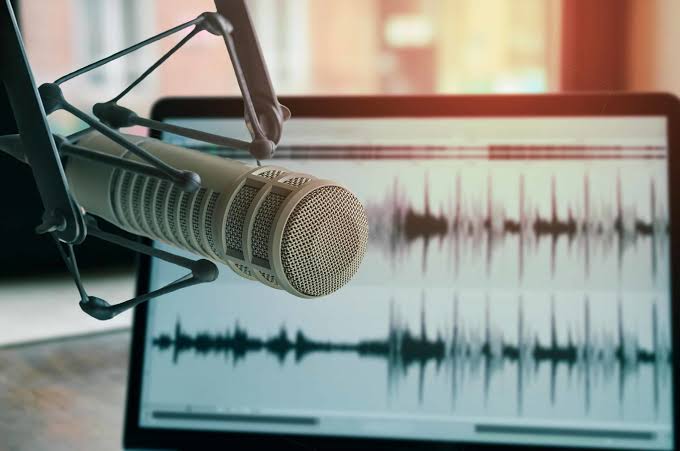
10 habits that can prevent a stroke
Quitting smoking altogether is one of the most important measures, in addition to maintaining a healthy life with good nutrition and exercise.
The brain controls everything the body does – not just movements, but also the way a person thinks, communicates, feels. A stroke (cerebrovascular accident) happens just when the blood supply to a part of the brain is impeded, causing the brain cells to be damaged and unable to fulfill their functions.
A simple example: if a stroke damages the part of the brain that controls the movement of the limbs, the person will have this function affected. But it can, in yet another case, affect speech, etc.
There are two types of stroke: ischemic stroke and hemorrhagic stroke. Ischemic is when a clot blocks the artery that carries blood to the brain. Hemorrhagics occur when an intracranial artery ruptures.
A stroke is usually a very bad experience, both for the patient and for the family or people who live with him.
After a stroke, patients can present complications such as infections, thrombosis in the lower limbs and bed sores (special type of skin lesions, with variable extension and depth). “But all these complications can be avoided with good medical care and a multidisciplinary team”.
Can a stroke be avoided?
Some people, unfortunately, are more likely to have a stroke due to factors that cannot be changed:
Age: Older people are more vulnerable to stroke;
Family history: the person is more at risk if someone in the family has already suffered a stroke;
Gender: Men under 75 have more strokes than women (under 75).
But, it is worth mentioning, stroke is not inevitable. There are, yes, simple measures that can help to reduce the risks. They basically boil down to adopting a healthier diet and lifestyle.
10 Steps You Must Follow to Avoid a Stroke
- Don’t smoke. Smoking doubles the risk of having a stroke and, therefore, quitting smoking altogether is one of the most important measures for those who want to avoid it.
- Avoid drinking alcohol. Drinking a glass of beer or wine, for example, is not a problem socially, but drinking too much raises blood pressure, which can be extremely dangerous.
- Eat vegetables and fruits. A healthy diet, including vegetables and fruits, is essential for healthy heart and bloodstream. The general recommendation is to eat at least five servings of fruits and vegetables a day (ideally, follow your nutritionist’s advice).
- Avoid meat with a lot of fat. Replace, whenever possible, red meat (which in most cases has a lot of saturated fat) with fish, poultry (skinless) or vegetarian dishes.
- Reduce your salt intake. Don’t add too much salt to salads and food in general, and avoid processed foods as salt raises blood pressure.
- Increase fiber consumption. Found in whole grains, oats, rice and whole grain breads, etc., fiber helps control blood fat levels.
- Do not exaggerate the amount of fat ingested. Try to follow a balanced diet, containing only the minimum amount of fat, to avoid clogging your arteries and excessively increasing your weight.
- Control your weight. Follow a healthy diet, if necessary, with the supervision of a nutritionist, to maintain your ideal weight. Overweight and obesity are risk factors for high blood pressure, coronary heart disease and diabetes – all of which increase the risk of stroke.
- Work out. Regular physical activity helps you control your weight, lower your blood pressure, creates a healthy balance of blood fats and offers many other benefits.
- Visit your doctor often, treat high blood pressure, diabetes, dyslipidemia; knowing the presence of risk factors such as narrowing of the cervical arteries and arrhythmias such as atrial fibrillation (irregular heartbeat) and treating them appropriately are attitudes that help to reduce the risk of stroke.
- Try to avoid stress. It’s not always easy, but it’s important to avoid situations that make you nervous, sad. Stress and depression, if left untreated, can lead to long-term health problems. Try to be between your family and people who are, in fact, important to you and are good for you.
The main signs of stroke:
Paralysis on one side of the body;
Loss of sensation on one side of the body;
Sudden loss of vision (in a visual field);
Dual vision;
Sudden difficulty speaking or understanding language;
Severe headache.
